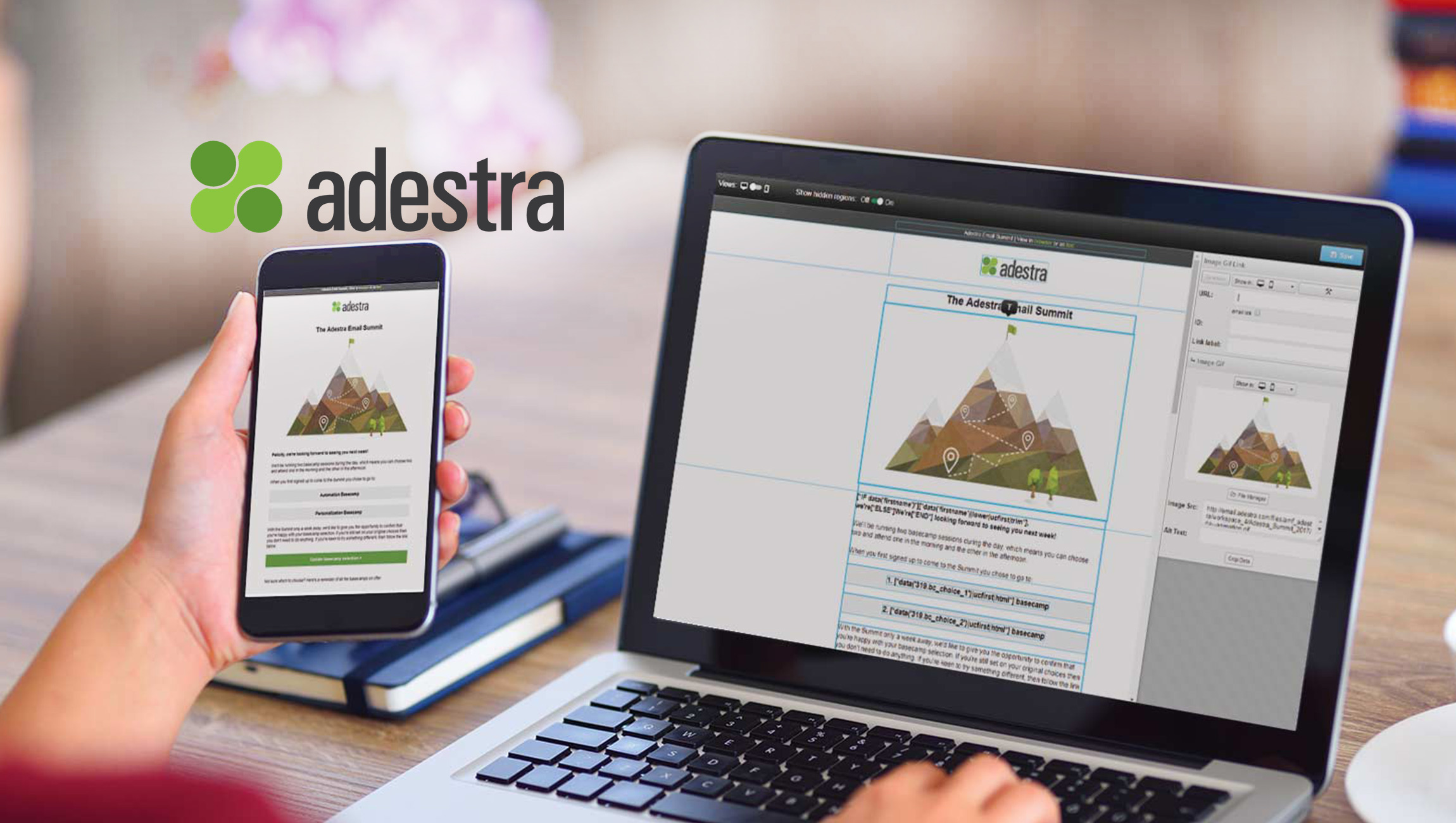Robert Fox
CTO, HG Data
In a dynamic marketing technology ecosystem, technographic intelligence and audience segmentation analyses are growing in prominence. Modern-day marketing research analysts use technographic segmentation to identify and build audience profiles based on the characteristics and behaviors of consumers through the process of market segmentation. HG Data is one of the leading B2B tech companies to offer segmentation analysis at a very refined level. We spoke to Robert Fox, CTO at HG Data, to understand how could marketers use custom marketing automation platforms and audience data platforms with HG Data integrations for better ROI from their budgets.
Html code here! Replace this with any non empty text and that's it.
Tell us about your role at HG Data and the team and technologies that you handle.
I am the CTO at HG Data. I am responsible for our engineering, data science and innovation, and data operations teams. I am also responsible for the technical strategy as it relates to both of our primary data platforms. The first being our Internal Data Platform (IDP), which hosts our big data pipeline that we use to process and extract company intelligence from billions of documents at scale using machine learning, and big data processing techniques. The second being our Customer Facing Platform (CFP) which is where we house our data products and customer experience touch points.
How should B2B marketers embrace programmatic ABM?
Having a deeper understanding of the business conditions within a particular organization by leveraging insights and empirical facts provided by companies such as HG Data gives marketers the tools they need to create a highly compelling and hyper-targeted campaign, while at the same time allowing them to distribute their campaign to much larger audiences without the normally expected loss of precision.
For example, using our dataset marketers could precisely target people with SalesOps responsibilities at companies who are adopting cloud technologies and utilizing a specific complementary or competitive cloud vendor.
This level of targeting allows marketers to penetrate the right organizations without necessarily knowing the exact person at the company to target. It also lets them get their message across effectively regardless of the variances in organizational structures and titles of key decision makers.
In addition, based on the benefits of programmatic ABM, marketers are given an opportunity to help fill the top-of-funnel with better leads. Companies have been shifting away from simply filling their lead funnel with as many unqualified leads as possible by embracing ABM to increase ROI. This ultimately allows the sales organization to focus on fewer, but better quality leads, which leads to improved sales close and marketing conversion rates, thus increasing sales efficiency and overall company ROI in acquiring new customers or expanding existing accounts.
How do Ad Targeting and Audience Building technologies accelerate the adoption of programmatic ABM platforms?
It’s all about the data. Ad Targeting and Audience Building technologies allow marketers to pick from a wide variety of data facts and insights to mass-customize and fine-tune audience segments so they can craft and deliver more relevant content.
There’s still a creative aspect to building campaigns, and when marketers are able to experiment with more relevant data related to their content offering, they’re going to be more successful at engaging with their audience and producing better results.
The ABM platforms then allow for these targeted messages to be delivered to a larger audience while also providing advanced analytics that gets fed back to marketers quickly so that they can refine their creative content and further improve its effectiveness. In some cases, the platforms provide marketers with intelligence to help predict and guide the creative prior to a campaign launch.
How do you see the evolution of AI/ML-based sales intelligence platforms disrupting the B2B SaaS ecosystem?
There are several areas where machine learning is already starting to impact this area. Specific to ad targeting and audience building campaigns, machine learning is being utilized to help improve outcomes. For example, machine learning can guide marketers on campaign execution by suggesting targeting changes that will improve campaign performance and click-throughs before pushing out a campaign.
In a more generalized sense, machine learning is allowing for marketers to target based on a wider set of insights that go way beyond basic firmographics or past search/tracking behavior.
Specific to sales intelligence platforms, machine learning is changing how a sales organization behaves, whether it’s helping sales prioritize their prospects by way of predictive lead scoring, or to uncover relevant information to help with well-prepared and timely message points that get a second meeting with a company.
As far as disruption goes, easier access to AI-generated company intelligence, combined with the advanced capabilities of many common sales intelligence platforms on the market today, are enabling a much broader user base to experience the advantages of AI. What was once a competitive edge enjoyed by larger organizations with dedicated data science teams is now something that is benefiting sales and marketing teams in small and medium-sized companies, which definitely helps level the playing field.
What are the major pain points for B2B companies in leveraging Ad Targeting technologies for better customer profiling?
With the number of different data providers available to provide input into a campaign, it can be difficult to accurately measure the performance of a campaign and in particular, what aspects of the execution had the greatest impact on success. A/B techniques help, but all-in-all it’s a time-consuming endeavor where the art is as important as the science. Ultimately there are a lot of claims made around the impact of data that can’t always be well understood.
The landscape can also be confusing to the average marketer/ad-buyer. Direct buyers and self-service are on the rise and providing an alternative to the traditional agency model, but we still have a ways to go by way of industry consolidation, improvements in tooling, and better metric gathering capabilities to make the self-service model as prevalent as it is for booking a flight or a hotel online.
How can marketers that use custom marketing automation platforms benefit from HG Data integrations?
HG Data allows marketers to hyper-target at scale. Meaning, we can greatly improve the ROI of campaigns by targeting companies based on the software and hardware technologies they use — what we call their technographic profile.
Understanding what products a company uses, where they are in use, how long they’ve been in use, among many other data points we extract from the billions of source documents we process, allows us to give marketers a competitive advantage in their targeting that goes well beyond firmographics.
To put it another way – the past behaviors of an organization are a proxy for predicting the future. Unlocking industry trends, portfolio gaps, emerging competitors, and products that are ripe for takeout, are among the many value props of building campaigns based on our comprehensive technology installation intelligence.
What are your predictions for demand-gen platforms and campaign performance tools in 2018?
The market shift to make data-driven decisions has been underway for some time now. 2018 will see the continuation of this trend. In particular, the hottest areas of CRM, AdTech, and MarTech will see this as the year of AI commoditization, or as I like to put it – the year of the AI Wars. The idea that business users (for example) can leverage predictive analytics directly inside their systems of record and business applications without needing external tools or data scientists on staff will bring the power of AI and analytics to a much broader audience. Adobe, Oracle, Salesforce, and Microsoft join IBM in this race to consumer-grade AI.
At the same time, we are also seeing the integration of specialized tools and platforms that help make the process of acquiring, converting and closing leads more of a seamless and unified experience. The lines between sales, marketing and advertising technology platforms are beginning to blur. There’s a flurry of industry consolidation contributing to this effect. Past acquisitions such as Krux and Pardot by Salesforce or BluKai and Eloqua by Oracle are some early indicators of this consolidated experience.
Thanks for chatting with us, Robert.
Stay tuned for more insights on marketing technologies. To participate in our Tech Bytes program, email us at news@martechseries-67ee47.ingress-bonde.easywp.com











